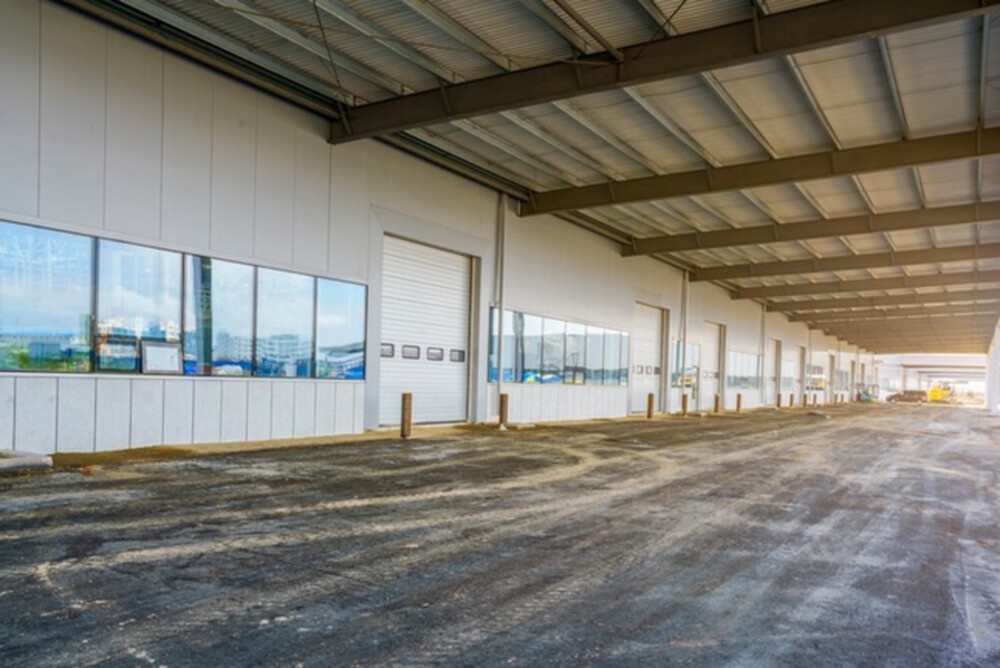Introduction:
Warehouse space optimization is essential for maximizing storage capacity, improving operational efficiency, and accommodating business growth. Mezzanine floors play a crucial role in this process by providing additional storage and workspace within existing warehouse facilities. This article explores the significance of mezzanine floors in optimizing warehouse space, highlighting their benefits, applications, considerations, and implementation strategies.
The Significance of Mezzanine Floors in Warehouse Space Optimization:
Mezzanine floors serve as versatile platforms that effectively utilize vertical space within warehouse facilities. By creating additional levels above ground level, mezzanines enable businesses to maximize space utilization without the need for costly building expansions or relocations. This section explores the key roles played by mezzanine floors in warehouse mezzanine floor space optimization:
- Maximizing Storage Capacity:
Mezzanine floors significantly increase the available storage capacity in warehouses by utilizing overhead space effectively. This is particularly beneficial for facilities with high ceilings where vertical space remains underutilized. Mezzanines provide a cost-effective solution for expanding storage capacity without expanding the footprint of the warehouse.
- Facilitating Workspace Expansion:
In addition to storage, mezzanine floors can be used to create additional workspace within warehouse facilities. These elevated platforms serve as ideal locations for offices, production areas, assembly lines, or quality control stations. By utilizing mezzanines for workspace expansion, businesses can optimize floor space on the ground level for storage or other operational activities.
- Supporting Growth and Flexibility:
Mezzanine floors offer businesses the flexibility to adapt to changing operational needs and accommodate growth over time. Whether it's increasing storage capacity, expanding workspace, or reconfiguring facility layout, mezzanines can be easily customized and reconfigured to meet evolving requirements. This scalability makes mezzanine floors a valuable investment for businesses seeking to future-proof their warehouse facilities.
Benefits of Mezzanine Floors in Warehouse Space Optimization:
Implementing mezzanine floors in warehouse facilities offers several benefits for space optimization and operational efficiency:
- Cost-Effectiveness:
Mezzanine floors provide a cost-effective solution for expanding storage and workspace within existing warehouse facilities. Compared to building expansions or relocations, mezzanines require minimal structural modifications and construction time, resulting in lower capital expenditure and faster return on investment.
- Maximization of Vertical Space:
Mezzanine floors effectively utilize vertical space within warehouses, allowing businesses to maximize storage capacity without increasing the footprint of the facility. This vertical expansion enables efficient organization of inventory and facilitates easier access to stored goods, leading to improved inventory management and order fulfillment processes.
- Improved Operational Efficiency:
By creating additional levels within warehouse facilities, mezzanine floors streamline material handling processes and reduce travel distances for personnel and equipment. This optimization of workflow pathways enhances operational efficiency, minimizes congestion, and reduces labor costs associated with material handling and picking operations.
- Customization and Adaptability:
Mezzanine floors can be customized to meet specific requirements and accommodate various storage, workspace, or operational needs. From layout design to decking materials to access points, businesses have the flexibility to tailor mezzanine structures to their unique preferences and constraints. Additionally, mezzanines can be easily reconfigured or relocated as business needs evolve, ensuring long-term adaptability and versatility.
Considerations for Implementing Mezzanine Floors:
Before implementing mezzanine floors in warehouse facilities, several considerations should be taken into account to ensure successful integration:
- Structural Integrity:
Ensure that the existing building structure can support the additional load imposed by mezzanine floors. Conduct thorough structural assessments and engineering calculations to verify the capacity of the building and ensure compliance with safety standards and building codes.
- Regulatory Compliance:
Adhere to local building codes, regulations, and permit requirements governing the installation of mezzanine floors. Obtain necessary permits and approvals from relevant authorities to ensure compliance with safety, fire, and accessibility regulations.
- Functional Requirements:
Identify specific functional requirements for the mezzanine, including intended use, load capacity, access points, and safety features. Consider factors such as inventory characteristics, workflow patterns, equipment requirements, and future expansion plans when designing mezzanine layouts.
- Safety Considerations:
Implement appropriate safety measures to minimize the risk of accidents and ensure a safe working environment on mezzanine floors. This may include installation of guardrails, handrails, kickplates, safety gates, and signage to prevent falls, collisions, and other hazards.
Conclusion:
Mezzanine floors play a pivotal role in optimizing warehouse space by maximizing storage capacity, facilitating workspace expansion, and supporting operational efficiency. By effectively utilizing vertical space within existing warehouse facilities, mezzanines offer a cost-effective solution for businesses seeking to increase storage capacity, improve workflow efficiency, and accommodate growth. However, successful implementation of mezzanine floors requires careful consideration of structural integrity, regulatory compliance, functional requirements, and safety considerations. With proper planning and execution, mezzanine floors can transform warehouse spaces and contribute to overall business success.


No comments yet